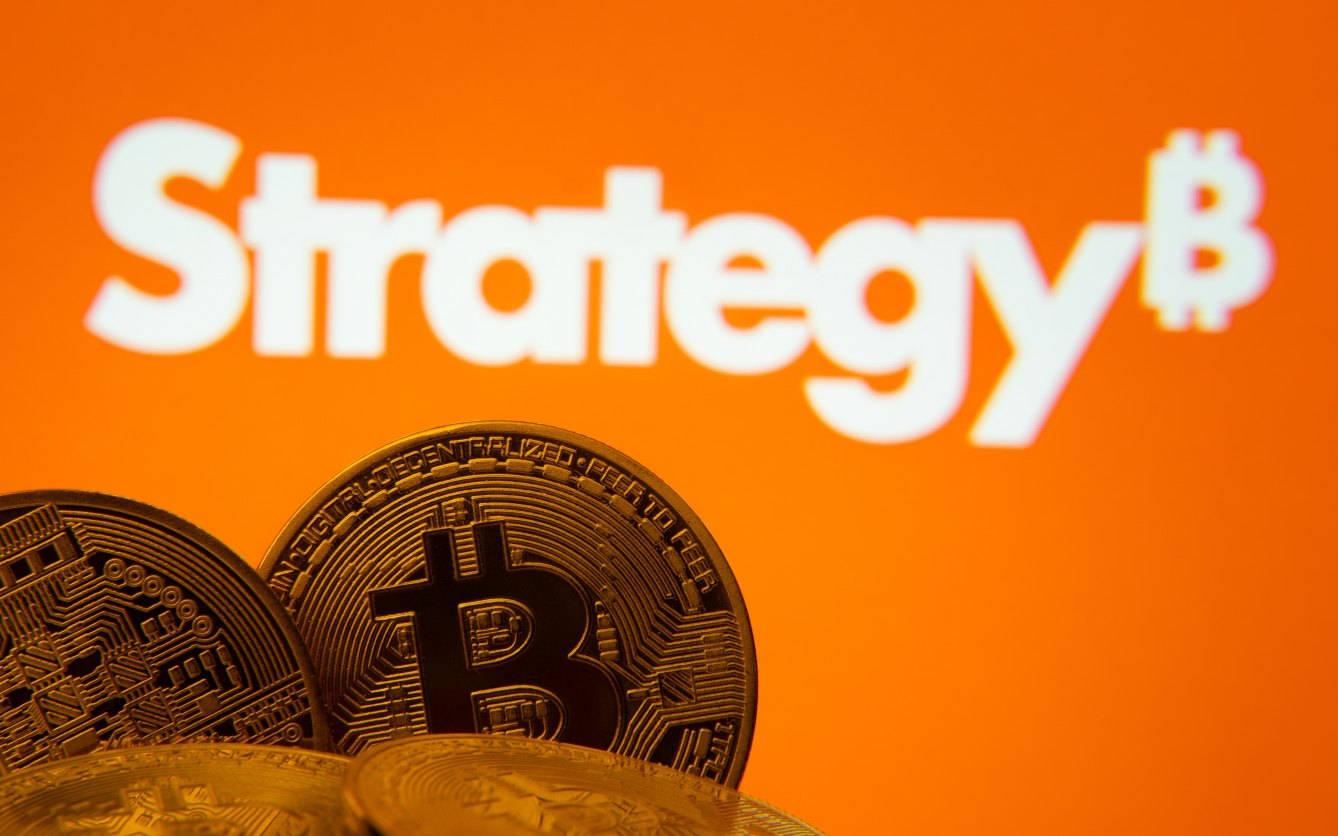TREASURIES-US yields pull back as investors await Fed outlook at Jackson Hole event

By Gertrude Chavez-Dreyfuss
NEW YORK, Aug 19 (Reuters) - U.S. Treasury yields slipped on Tuesday, in rangebound trading overall, as investors braced for a key central bank gathering later this week to get a sense of whether the Federal Reserve will resume cutting interest rates next month.
Fed Chair Jerome Powell is due to speak on Friday on the economic outlook at the U.S. central bank's annual symposium in Jackson Hole, Wyoming. Powell used the conference to take an inflation-fighting stance when it was needed in 2022.
But until then, the bond market is in a holding pattern.
"At this point, everybody's kind of in a wait-and-see mode as to what might come out at the end of the week," said Jim Barnes, director of fixed income, at Bryn Mawr Trust in Berwyn, Pennsylvania.
"What's interesting is that when we had the drop in yields from the labor market report a couple weeks ago, we have seen some give-back after the inflationary data, mostly with the PPI report from last week, which was much stronger than expected."
In morning trading, U.S. two-year yields, which are tied to the Fed's monetary policy, slipped 2.3 basis points (bps) to 3.75% US2YT=RR, after rising for three straight days.
The benchmark 10-year yield also fell, down 2.7 bps at 4.312% US10YT=RR.
U.S. 30-year yields slipped as well, down 2.9 bps at 4.912% US30YT=RR.
Barnes expects Powell to sound a dovish note in his speech on Friday even though incoming information has confounded his data-dependent strategy by pulling in both directions. His colleagues are split on whether higher inflation or higher unemployment is the bigger risk.
"I think Powell has to capitulate to the doves. Since the last FOMC meeting, I think the FOMC in general has taken a more dovish tilt," said Barnes.
The yield curve was little changed, with the gap between two-year and 10-year yields at 56.2 bps US2US10=TWEB. On Tuesday, the curve hit its steepest level since mid-July in a bear-steepening mode, mainly a reflection of higher inflation expectations.
Treasury yields earlier in the session pared their declines after data showed overall housing starts jumped 5.2% to a rate of 1.428 million units on the back of a second month of double-digit increases in apartment projects.
But despite the higher-than-expected gain in starts, building permits, a proxy for future home construction, fell 2.8% to 1.35 million annualized, a five-year low amid muted builder sentiment.
"Housing starts jumped for the second straight month, thanks to a surge in condos," wrote Priscilla Thiagamoorthy, senior economist, at BMO Capital Markets. "Even so, we expect residential construction to weigh on economic growth this quarter amid still-elevated interest rates and high material costs."
In the rate futures market, traders have priced an 85% chance the Fed will cut rates in September, according to the CME's FedWatch. That probability was at 94% a week earlier. Rate futures have also factored in about 55 bps of easing this year, compared with more than 60 bps a week ago.







